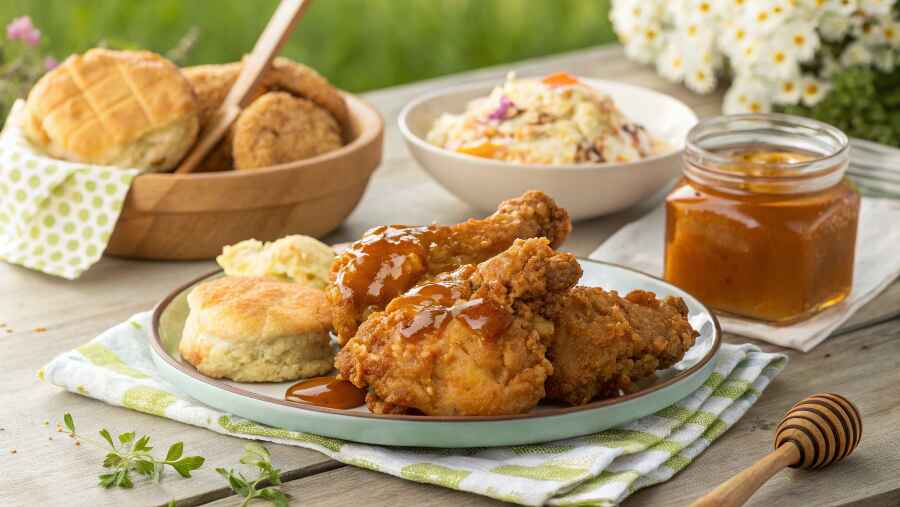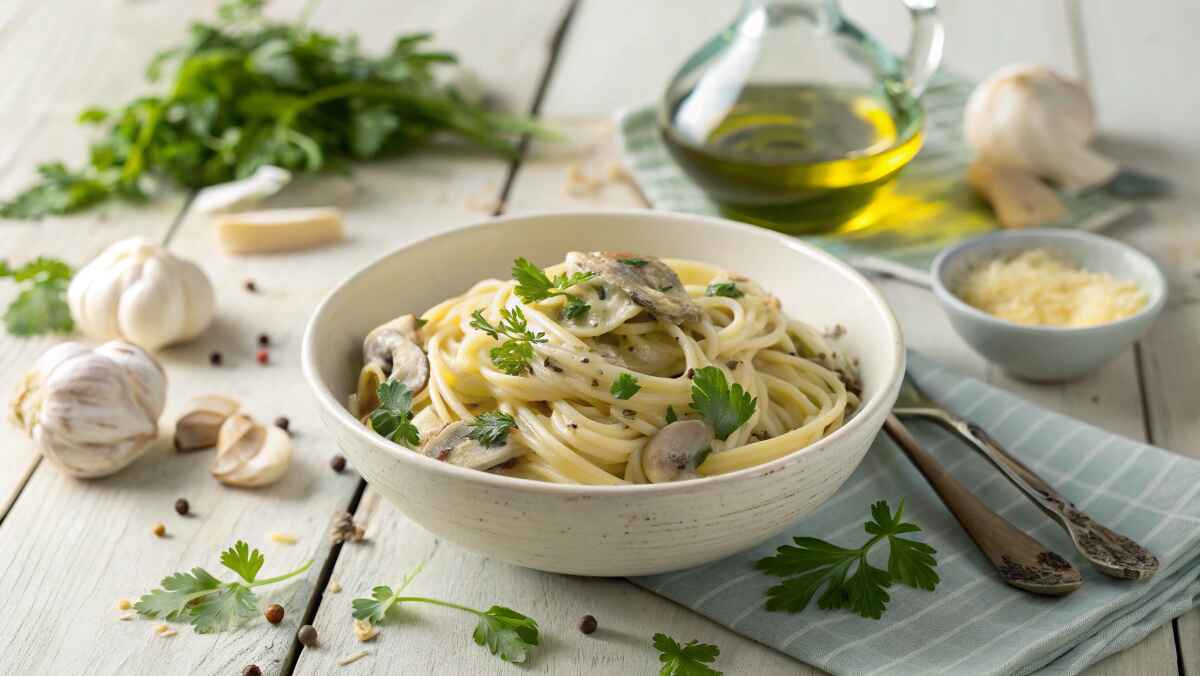Bread is a dietary staple enjoyed worldwide, but traditional varieties are often high in carbohydrates, making them less suitable for low-carb, keto, or diabetic-friendly diets. Fortunately, there are several low-carb bread options that cater to different tastes and nutritional needs.
In this guide, we’ll explore what type of bread is lowest in carbs, the health benefits of low-carb alternatives, and how to choose the best option for your lifestyle. Whether you’re looking for store-bought choices or homemade recipes, there’s a low-carb bread that fits your diet without compromising on flavor or texture! 🍞✨

To achieve its low-carb profile, this bread relies on alternative flours and binders that reduce carbohydrates while adding health benefits:
- Almond Flour
- Nutritional Benefits: Almond flour is packed with healthy fats, protein, and Vitamin E.
- Texture and Flavor: It has a mildly nutty flavor and soft texture, creating dense yet moist bread.
- Why It’s Used: Almond flour is naturally low in carbs and gluten-free, making it a favorite for keto and paleo diets.
- Coconut Flour
- Nutritional Benefits: Coconut flour is high in fiber and has a natural sweetness, yet it is low in carbohydrates.
- Texture and Flavor: It adds a slightly crumbly texture and works well in both sweet and savory recipes.
- Why It’s Used: Its absorbent nature helps structure low-carb bread, though extra liquids may be required to balance dryness.
- Flaxseed Meal
- Nutritional Benefits: Flaxseed meal is rich in omega-3 fatty acids and fiber, which promote heart health and digestion.
- Texture and Flavor: It provides a nutty flavor and dense texture, enhancing the bread’s chewiness.
- Why It’s Used: Flaxseed meal acts as a natural binder while boosting nutritional value.
- Psyllium Husk
- Nutritional Benefits: Psyllium husk is a fiber source that supports gut health and digestion.
- Texture and Flavor: It’s tasteless but helps create a chewy, bread-like texture.
- Why It’s Used: It mimics the elasticity of gluten, which is essential for bread-like consistency.
Key Features:
- Reduced Carb Content: Perfect for keto, paleo, and diabetic-friendly diets.
- Nutritional Value: Packed with fiber, healthy fats, and essential nutrients.
- Versatility: Suitable for sandwiches, toast, and even desserts.
Benefits of Low-Carb Bread Ingredients
Low-carb bread isn’t just about reducing carbohydrates—it’s also about improving overall nutrition and health. By using high-quality, nutrient-dense ingredients, low-carb bread delivers a host of benefits that go beyond simply fitting into a low-carb diet.
1. Improved Digestion
One of the standout benefits of low-carb bread is its ability to support digestive health, thanks to its high fiber content. Ingredients like flaxseed meal and psyllium husk are particularly beneficial:
- Flaxseed Meal: Contains both soluble and insoluble fiber, which help regulate bowel movements and maintain a healthy digestive system. Soluble fiber absorbs water and forms a gel-like substance, promoting smooth digestion. Insoluble fiber adds bulk to stool, preventing constipation.
- Psyllium Husk: A powerful source of soluble fiber that acts as a prebiotic, feeding beneficial gut bacteria and enhancing overall gut health. It’s also known for its ability to relieve symptoms of IBS (Irritable Bowel Syndrome).
Incorporating low-carb bread into your diet can ensure you meet your daily fiber needs while avoiding the bloating or discomfort often associated with traditional bread.
2. Heart Health
Low-carb bread ingredients like almond flour and flaxseeds are rich in nutrients that contribute to cardiovascular well-being:
- Omega-3 Fatty Acids: Flaxseeds are one of the best plant-based sources of omega-3s, which reduce inflammation and lower the risk of heart disease.
- Monounsaturated Fats: Almond flour contains heart-healthy fats that can help lower bad cholesterol (LDL) levels while raising good cholesterol (HDL).
- Antioxidants: Almond flour is also high in Vitamin E, a potent antioxidant that protects cells from oxidative damage, further promoting heart health.
By choosing bread with these ingredients, you’re actively supporting your heart while enjoying a satisfying meal.
3. Better Blood Sugar Control
For people with diabetes or those managing blood sugar levels, low-carb bread is an excellent option. Its ingredients have a low glycemic index, meaning they cause slower and more stable rises in blood sugar compared to traditional bread. Here’s why:
- Almond and Coconut Flour: These flours are low in carbohydrates and high in fiber, which slows the absorption of sugar into the bloodstream.
- Psyllium Husk: By forming a gel-like substance in the gut, psyllium husk delays the digestion and absorption of carbohydrates, preventing blood sugar spikes.
- No Refined Sugars: Low-carb bread recipes typically avoid added sugars, further helping to stabilize blood sugar levels.
This makes low-carb bread a smart choice for diabetics and anyone looking to maintain steady energy throughout the day.
4. Weight Management
The protein and fiber content in low-carb bread make it an ideal food for weight management:
- Keeps You Full: High-protein ingredients like almond flour and eggs promote satiety, meaning you feel full longer after eating. This reduces the likelihood of snacking or overeating.
- Fiber for Appetite Control: Psyllium husk and flaxseeds contribute to a feeling of fullness, as fiber takes longer to digest. Studies have shown that fiber-rich diets can aid in weight loss by naturally reducing calorie intake.
- Low Calorie Content: Compared to traditional bread, low-carb options are often lower in calories while still delivering essential nutrients.
By replacing high-carb bread with low-carb alternatives, you can enjoy bread-based meals while staying on track with your weight goals.
5. Nutrient Boost
Beyond fiber and protein, low-carb bread ingredients provide additional nutrients that support overall health:
- Vitamin E: Found in almond flour, it protects skin and supports immune health.
- Magnesium: Flaxseeds are rich in magnesium, which aids in muscle function and energy production.
- Calcium: Many low-carb bread recipes include seeds or nut-based flours, which are excellent sources of calcium for bone health.
Why Low-Carb Bread Ingredients Are Better Than Traditional Options
Traditional bread often relies on refined wheat flour, which offers little nutritional value and can cause blood sugar spikes. In contrast, the ingredients in low-carb bread are:
- Nutrient-Dense: Every ingredient serves a purpose, from promoting gut health to enhancing cardiovascular health.
- Anti-Inflammatory: Many low-carb bread ingredients, such as omega-3s from flaxseeds, help reduce inflammation.
- Gluten-Free: For those with gluten sensitivities or celiac disease, low-carb bread provides a safe alternative without sacrificing taste or texture.
How These Ingredients Work Together to Create Perfect Low-Carb Bread
The magic of low-carb bread lies in the careful combination of its ingredients. Each plays a specific role in achieving the right texture, flavor, and structure, ensuring that the bread is not only low in carbs but also delicious and satisfying. Here’s how these essential components work together:
1. Almond and Coconut Flour: The Foundation of Low-Carb Bread
🔹 Why They’re Important: Traditional bread relies on wheat flour for bulk and structure. In low-carb bread, almond and coconut flour serve as the base, providing volume, texture, and essential nutrients.
🔹 Almond Flour’s Role:
- Creates a moist, slightly dense bread with a mild nutty flavor.
- Adds healthy fats, protein, and Vitamin E, making the bread more nutritious.
- Has a low glycemic index, meaning it won’t spike blood sugar levels.
🔹 Coconut Flour’s Role: - Lightens the texture by absorbing moisture, preventing the bread from becoming too dense.
- Adds natural sweetness and extra fiber, enhancing the bread’s nutritional value.
- Requires more liquid than other flours, so it must be carefully balanced with eggs or other binders.
2. Flaxseed Meal: Texture, Nutrition, and Stability
🔹 Why It’s Used: Flaxseed meal is a powerhouse ingredient, packed with fiber, omega-3 fatty acids, and antioxidants.
🔹 How It Works in Low-Carb Bread:
- Adds structure and chewiness, mimicking the texture of whole wheat bread.
- Contributes a subtle nutty flavor, enhancing the overall taste profile.
- Acts as a natural binder, helping hold ingredients together without the need for gluten.
- Boosts fiber content, making the bread more filling and beneficial for digestion.
3. Psyllium Husk: The Secret to Bread-Like Elasticity
🔹 Why It’s Essential: One of the biggest challenges in low-carb baking is achieving the stretchy, elastic texture that gluten provides in traditional bread. Psyllium husk is the solution.
🔹 How It Works:
- Absorbs liquid and expands, creating a dough-like consistency.
- Forms a gel-like structure that gives the bread a soft, chewy texture instead of a crumbly one.
- Helps keep the bread moist and tender, preventing it from drying out too quickly.
- Improves digestive health, as it’s an excellent source of soluble fiber.
4. Eggs or Liquid Additives: Moisture and Binding Power
🔹 Why They’re Necessary: Without proper moisture, low-carb bread can turn out dry and crumbly. Eggs and other liquid ingredients play a crucial role in maintaining the right consistency.
🔹 How They Work:
- Eggs provide structure, helping the bread rise and hold its shape.
- Act as a binding agent, keeping all the ingredients together.
- Add moisture and richness, ensuring a soft and fluffy texture.
- Contribute protein, making the bread more nutrient-dense and satisfying.
- Alternatives like almond milk, butter, or Greek yogurt can be used to further enhance moisture levels.
The Perfect Balance for Low-Carb Bread
By combining these ingredients in the right proportions, low-carb bread can closely mimic traditional bread in both taste and texture. Each component complements the others, ensuring that the final product is:
✔ Light and airy (not too dense)
✔ Chewy and moist (not dry or crumbly)
✔ Nutritious and filling (packed with fiber, protein, and healthy fats)
With the right blend of flours, binders, and moisture-rich ingredients, you can create low-carb bread that’s just as enjoyable as the real thing—without the excess carbs! 🍞✨
Types of Bread With the Lowest Carbs
Here are some of the best low-carb bread types for your diet:
- Cloud Bread
- Carb Content: 0–1 gram of carbs per slice.
- Why Choose It?: Light, fluffy, and ideal for sandwiches or a pizza base.
- Almond Flour Bread
- Carb Content: 2–3 grams of net carbs per slice.
- Why Choose It?: Dense and perfect for toasting or sandwiches.
- Flaxseed Bread
- Carb Content: 1–2 grams of net carbs per slice.
- Why Choose It?: High fiber content supports digestion and heart health.
- Psyllium Husk Bread
- Carb Content: 1–2 grams of net carbs per slice.
- Why Choose It?: Closest to traditional bread in texture.
- Store-Bought Keto Bread
- Carb Content: 0–4 grams of net carbs per slice.
- Why Choose It?: Convenient and available in a variety of flavors.
Creative Ways to Use Low-Carb Bread
Low-carb bread is incredibly versatile:
- Breakfast:
- Avocado toast or French toast using almond flour bread.
- Lunch:
- BLT sandwiches or wraps made with psyllium husk bread.
- Dinner:
- Low-carb pizza or soup pairings with flaxseed bread.
Tips for Baking Low-Carb Bread
- Stick to Low-Carb Flours: Use almond or coconut flour.
- Balance Liquids: Adjust liquid content to avoid dryness.
- Experiment with Add-Ins: Herbs, seeds, or sweeteners can enhance flavor.
- Bake Slowly: Use lower temperatures for even baking.
Low-carb bread is a game-changer for anyone looking to cut down on carbohydrates without sacrificing the joy of bread. Whether you enjoy baking at home using wholesome, low-carb ingredients or prefer the convenience of store-bought options, there’s a variety to suit every taste and dietary need—from keto-friendly almond flour loaves to high-fiber seed-based breads.
Incorporating low-carb bread into your meals allows you to enjoy sandwiches, toast, and even classic comfort foods while staying aligned with your health goals. With so many delicious and nutritious alternatives available, you no longer have to choose between your love for bread and your commitment to a low-carb lifestyle.
So go ahead—toast it, top it, and savor every bite—without the guilt! 🥪🍞✨




